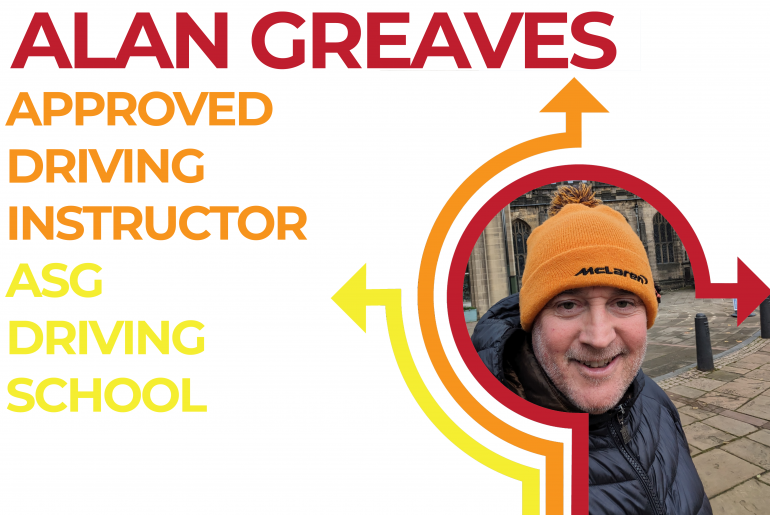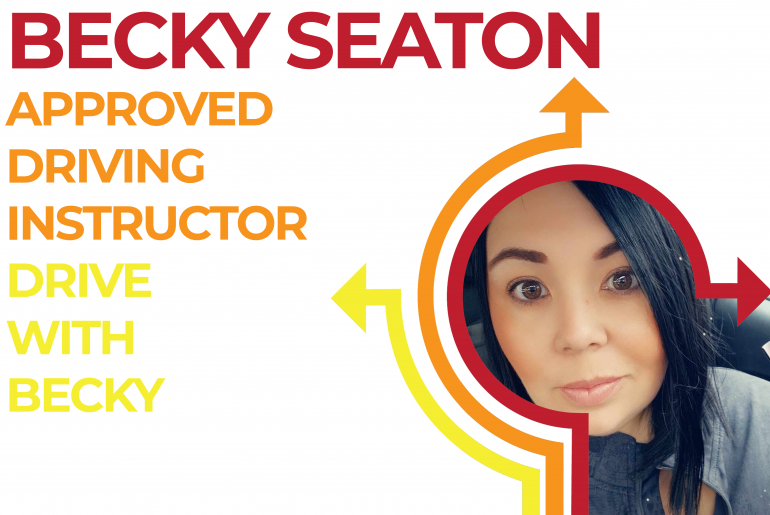There are few careers which can be as rewarding as being a driving instructor. There are instructors from all walks of life, dealing with all walks of life. We’ve seen all walks of life, from vicars to welders and from teachers to footballers all decide to become an ADI.
There is a niche for everyone to find which will allow you as an ADI to have satisfaction in your daily working life. But before you get to the coveted ADI badge, there is a process to be followed.
Note that this process detailed herein is for applications to become a driving instructor in Great Britain only. Northern Ireland operates a different scheme which is administered by the DVA. Please search for local guides to begin your journey.
Defining Terms:
ADI – Approved Driving Instructor
PDI – Potential Driving Instructor (Trainee)
DVSA – Driver & Vehicle Standards Agency, the governing body of driving instructors.
ORDIT – Official Register of Driving Instructor Trainers.
Part 1 – The theory and hazard perception test taken on a computer at a theory test centre.
Part 2 – The test of driving ability taken at a Driving Test Centre with a Senior Examiner.
Part 3 – The test of instructional ability. A senior examiner watches you give a lesson to a live customer and grades your performance.
Standards Check – Once every 4 years an ADI has to take what is effectively another Part 3 test so the DVSA can confirm the instructor continues to meet the required standard.
PDI/Pink Badge – The licence which allows a trainee instructor to teach for money whilst training. Lasts 6 months and is square with a pink colour and a triangle on the front side.
ADI/Green Badge – The licence which allows an approved instructor to teach for money as an Approved Driving Instructor. Lasts for 4 years then must be renewed. It is green in colour and has an octagon on the front side.
DVSA Enforcement Officer – The DVSA changed the job title of Senior Examiner to Enforcement Officer when the DSA merged with VOSA. An EO is an examiner who carries out ADI Part 2 and Part 3 test.
Pre-PDI – The Beginning of your Journey.
Step 1: Are You Even Eligible?
First and foremost you need to check if you are eligible to become a driving instructor. The criteria are fairly broad so it’s likely that you probably can. The basics are:
You can start training when you’ve held your licence for 2.5 years but cannot supervise a learner driver until the third anniversary of your licence.
You cannot start the application process until your disqualification has ended and four years has passed.
It’s possible to become an ADI with either a manual or an automatic Category B licence. It isn’t necessary to be a manual driver. However, whilst a manual licensed driver can teach automatic, a driver with endorsement code 79 (Automatic) on their Category B entitlement cannot teach in a manual.
Step 2 – Getting Checked Out.
As you will no doubt understand, in a profession which works mainly with minors and young adults where one party in the car has a clear seniority to the other, it’s vital to be sure that anyone wishing to become an instructor is a ‘fit and proper’ person. The first stage in this process is a DBS (Disclosure and Barring Service) check, for which the DVSA will pick up the majority of the costs.
The full process is available to follow here: https://www.gov.uk/criminal-record-check-become-driving-instructor
Some applicants will have a DBS check from their current role. This isn’t suitable for your application to become a driving instructor and a fresh check must be carried out.
Step 3 – Apply for a PRN.
Once your DBS check has come back you can then start the application process on this link: https://www.gov.uk/apply-to-become-a-driving-instructor.
The registrar or their appointed person will review your application and may check with you on certain issues if necessary. An example is with points on your licence, a driver can have 12, an instructor can have a maximum of 6 and none is the preferred number. However the registrar will contact you to discuss the circumstances of the points and can still decide to allow you to begin formal training.
The PRN is a very important number as it follows you throughout your career as a PDI or ADI. It’s the way the DVSA know you.
We’ve Got Your Number; Now What?
Step 4 – Find A Trainer.
First things first, there are no rules saying you have to have a trainer to become an ADI. You are required to take training if you are planning on taking a trainee licence and that must be with an already registered ADI. However you could get the books, practice on your own kids and take all the tests.
You do not have to be licensed to teach people how to drive. Our licenses just give us the right to charge for our services.
IMPORTANT NOTE: IF YOU OPT NOT TO GO DOWN THE TRAINEE LICENCE ROUTE YOU CANNOT LEGALLY CHARGE OR RECEIVE COMPENSATION IN ANY WAY FOR DRIVING TUITION. IT IS AGAINST THE LAW. THIS MEANS YOU CANT CHARGE PETROL ONLY; YOU CANT EVEN SAY ILL DO THE TEACHING, YOU BUY THE DINNER.
When it comes to choosing your trainer the DVSA recommend you only use a ORDIT registered instructor. The ORDIT is a voluntary registration scheme for driving instructor trainers. It means that the instructor you choose has passed tests to check their ability to train other instructors. Its also a sure-fire way to ensure that your trainer is a highly graded instructor in their own right.
You cannot join the ORDIT register without a Grade A at a Standards Check.
Find a local trainer:
The truth is that anyone can train a driving instructor though usually a trainer should be at the least a qualified ADI in their own right. You can tell the difference in our database. Our search results identify ORDIT trainers clearly.
The key things to consider when selecting a trainer are:
The next article in this series looks at the ADI Part 1 test, the Theory and Hazard perception test. You can find it here:





